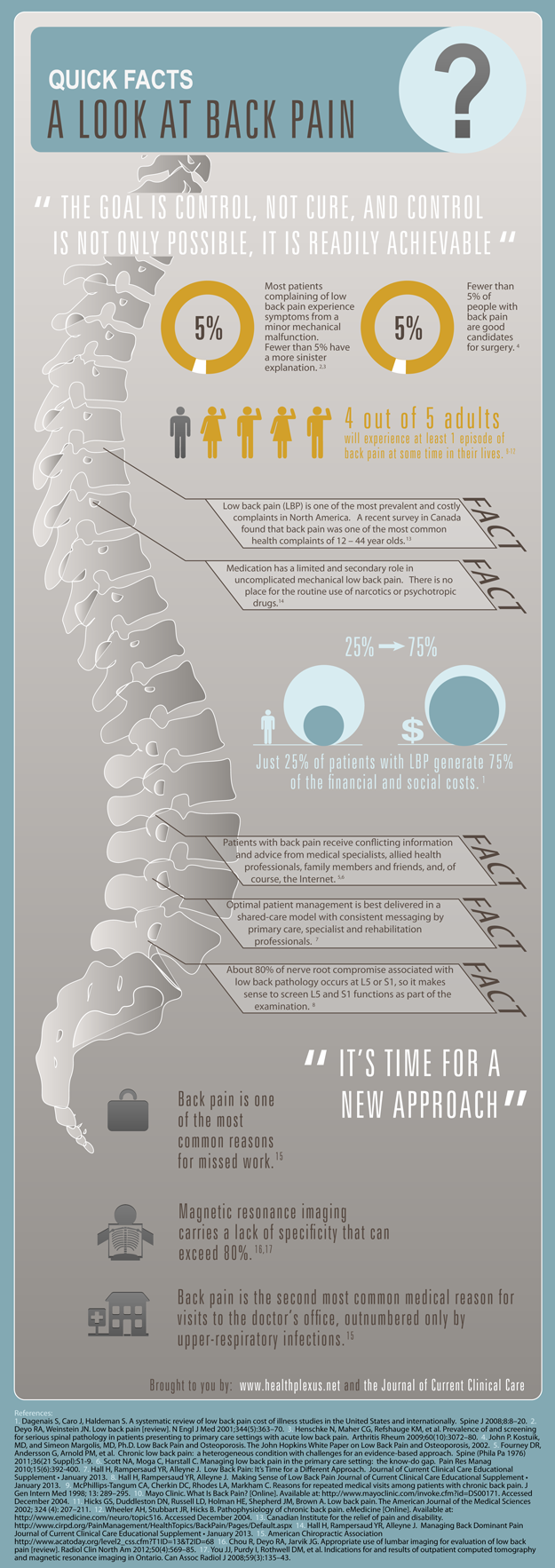Back Pain: Patient Education
Back Pain: Patient Education



- Read more about Back Pain: Patient Education
- Log in or register to post comments




Marc Bradette, MD, FRCPC, CSPQ, Clinical Professor, Department of Gastroenterology, Pavillon Hôtel-Dieu de Québec, Québec, QC.


Marc Bradette, M.D., FRCPC, CSPQ, professeur clinicien, département de gastroentérologie, Pavillon Hôtel-Dieu de Québec, Québec (Québec).
Members of the College of Family Physicians of Canada may claim one non-certified credit per hour for this non-certified educational program.
Mainpro+® Overview